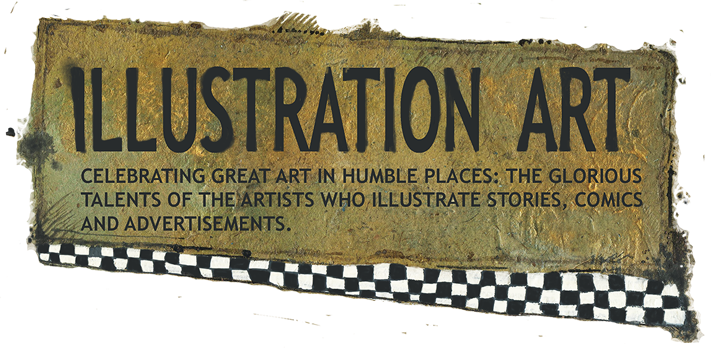
John Audubon (1785 - 1851) lived in the wilderness during the early years of the United States. He camped and hunted along the frontier as he studied birds for his illustrated masterpiece, The Birds of America. He kept a remarkable journal of his adventures along the Mississippi and down the Ohio River to western Kentucky.

After a year traveling along the Ohio river, Audubon came to New Orleans in 1821 and paused there to earn money teaching art.

One evening Audubon was approached on the street by a woman wearing a veil that hid her face. He wrote: "[She] addressed me quickly ... 'Pray sir... you are he that draws likenesses in black chalk so remarkably strong?'" When Audubon said yes, she replied that she had a task for him. He began to walk alongside her, but the woman became alarmed, saying "Do not follow me now." She wrote down her address and instructed him to wait 30 minutes before arriving. Audubon wrote:
I arrived and as I walked upstairs I saw her apparently waiting. "I am glad you have come, walk in quickly." My feeling became so agitated that I trembled like a leaf. This she perceived, shut the door with a double lock and throwing back her veil shewed me one of the most beautiful faces I ever saw.....Thus began what John Updike called "the first known nude American portrait done from life." Audubon was amazed that the veiled woman seemed "not at all afraid to disclose to my eyes her sacred beauties." Such a brazen act was unthinkable in the America of the 1820s and Audubon had to struggle to apply himself to his work. He made clumsy mistakes but she smiled and favored him with patience and eventually the picture was completed: "She gazed at [my drawing] for some moments and assured me her wish was at last gratified...."
"Your name is Audubon?"
"Yes madam."
"Set down and be easy....I will not hurt you."
I felt such a blush and deathness through me that I could not answer...
"Will you keep my name, if you discover it, and my residence a secret?"
"If you require it."
"I do. You must promise that to me, keep it forever sacred....Have you ever drawn a full figure?"
"Yes."
"Naked?"
Had I been shot with a 48-pounder through the heart my articulating powers could not have been more suddenly stopped.... She raised, walked the room a few times and sitting again said, "I want you to draw my likeness and the whole of my form naked.... The drawing will be completed in this room...."
She drew the curtains and I heard her undress.... I eyed her, but dropped my black lead pencil....
The veiled lady and her nude portrait are lost to history. She swore him to secrecy, paid him and sent him on his way. Audubon tried to return several times to see her, but servants always told him she wasn't home.
In addition to being a cool story, the psychodrama that took place between artist and model in that candle-lit parlour long ago reminds us how much of the picture-making process is psychological.
Audubon bravely faced death in the wilderness, yet he "trembled like a leaf" at the astonishing sight of the woman unveiled before him. He could draw under the harshest physical conditions, but in the comfort of civilization, emotion and adrenalin clouded his senses and confused his fingers. He was skilled at rendering the shapes of nature, but when he tried to transfer those skills from drawing the curve of a wing to drawing the shapes of a woman, he became flustered. Clearly, all geometric shapes are not equal.
The veiled lady was of course an active partner in the psychological exchange. Audubon was bold when he left civilization behind for uncharted territory, but she was equally bold when she defied society's rules of decency to do something so unforgivable. Audubon's bird subjects came without psychological baggage. This meant they were not hindered by human feelings of guilt or shame, but at the same time they weren't motivated by the human desire to be seen-- to be known completely through the eyes and neurons of another.
So much of this blog is dedicated to the physical mark left by the point of a pencil on the surface of the paper-- and there is certainly a lifetime's worth of discussion to be found in such marks. But every once in a while it makes sense to step back and acknowledge the psychology of art which, like undetectable dark matter in the universe, accounts for far more of the total weight of art than the physical object.








.jpg)







































